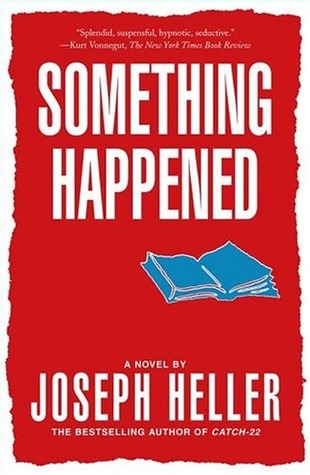
The Catcher in the Rye
Book Description
Caught in the chaos of a world that feels phony, a rebellious teenager wanders the bustling streets of New York City, grappling with alienation and the loss of innocence. Each encounter reveals a deep, aching conflict between authenticity and pretense, echoing the struggles of adolescence. As he navigates his fractured relationships, a powerful tension builds—will he find a path to connection or succumb to despair? With raw emotion and gripping urgency, this story unravels the profound search for identity in a world that often feels cold and unforgiving. What happens when you’re desperate to be understood in a world that refuses to listen?
Quick Book Summary
"The Catcher in the Rye" follows sixteen-year-old Holden Caulfield as he wanders New York City after being expelled from his prep school. Disillusioned by the artificiality he perceives in the adult world, Holden struggles to find meaning and authenticity. His journey is marked by candid, often cynical observations of those around him as he seeks genuine connection but repeatedly feels isolated and misunderstood. Haunted by the traumatic loss of his younger brother and desperate to protect the innocence of children, especially his sister Phoebe, Holden dreams of becoming a "catcher in the rye," saving children from falling into adulthood. Salinger’s novel beautifully captures the confusion and vulnerability of adolescence, as Holden grapples with identity, alienation, and the painful transition to adulthood.
Summary of Key Ideas
Table of Contents
Alienation and Isolation
The novel opens with Holden Caulfield recounting his experiences following expulsion from Pencey Prep, a prestigious boarding school. Unable to face his parents, Holden leaves campus early and heads to New York City. Throughout his journey, he feels deeply disconnected from those around him, struggling to find sincerity in a world he perceives as overwhelmingly "phony." This sense of alienation shapes his encounters and internal monologue, highlighting the emotional turmoil that marks his passage into adulthood.
Loss of Innocence
Holden's sensitivity to the "phoniness" of the adult world is juxtaposed against his desire for something genuine. He repeatedly seeks out human connection, whether through brief interactions with strangers, old acquaintances, or fleeting romantic interests. Yet, these moments often end in disappointment or awkwardness, reinforcing his isolation. Salinger captures Holden’s frustration as he fails to reconcile his longing for intimacy with his disdain for pretense and hypocrisy.
Authenticity vs. Phoniness
Central to Holden’s struggles is his lingering grief over the death of his younger brother, Allie. This loss profoundly affects his outlook, intensifying his protective instincts toward children and deepening his fear of change and loss of innocence. His relationship with his younger sister, Phoebe, becomes a rare source of comfort and understanding. Phoebe's innocence and honesty offer Holden a fleeting sense of hope and connection amid his cynicism and detachment.
The Turmoil of Adolescence
Holden’s dream of becoming "the catcher in the rye" symbolizes his yearning to shield children from the corruptions of adult life. He imagines himself standing in a field of rye, catching children before they fall over the edge, away from innocence and into the complexities of adulthood. This powerful metaphor reveals both Holden’s compassion and his struggle to accept the inevitability of growing up.
Family and Connection
As the novel concludes, Holden’s emotional crisis reaches a turning point. Unable to escape his pain, he contemplates leaving for a new life out West but ultimately decides against it after a heartfelt conversation with Phoebe. Her unwavering support leads him to a moment of clarity, and the novel ends ambiguously with Holden in a mental institution, reflecting on his experiences. Salinger’s narrative captures the nuances of adolescence—the desire for understanding, the resistance to change, and the fragile nature of hope.
Download This Summary
Get a free PDF of this summary instantly — no email required.





